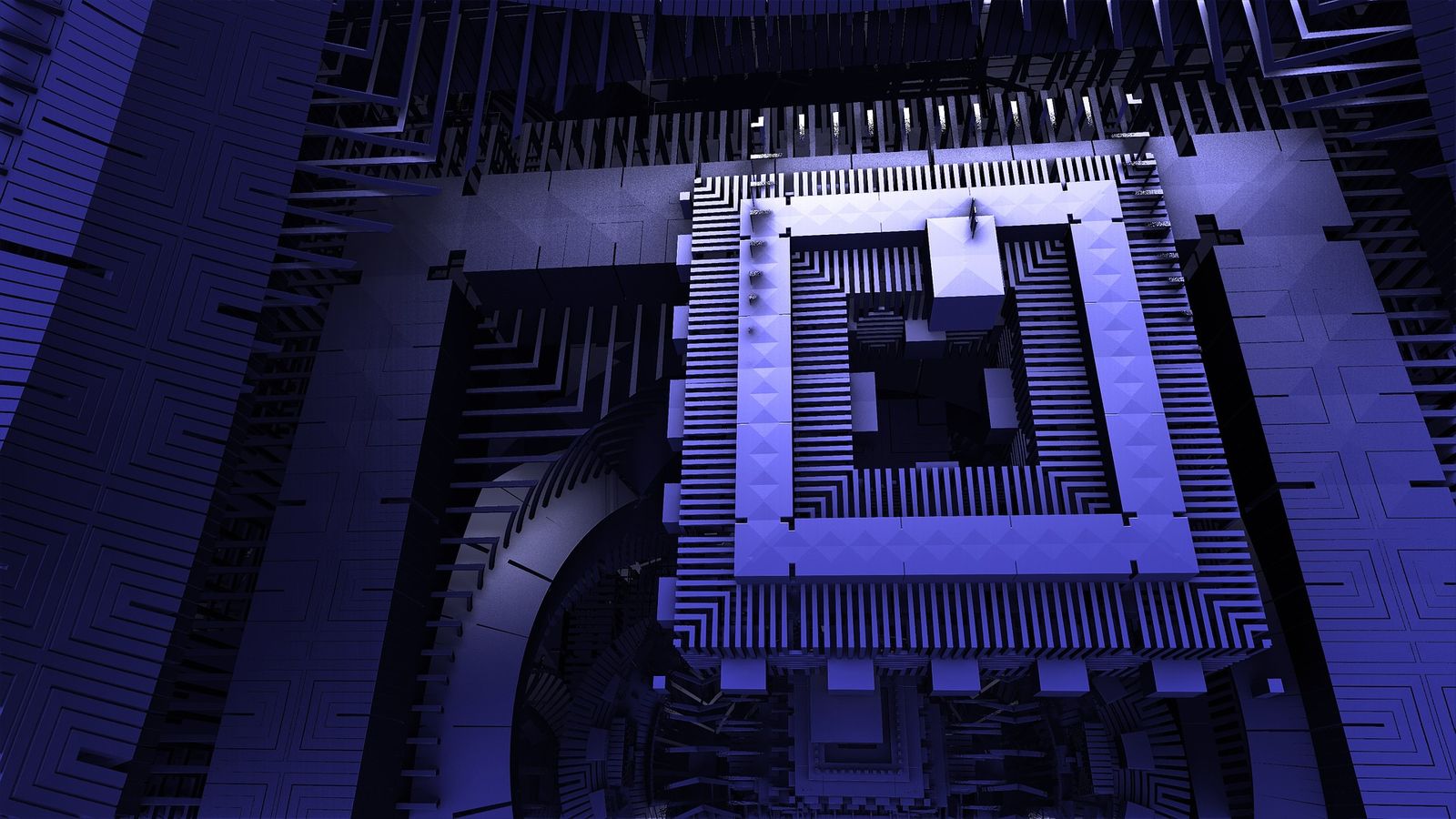Quantum Cryptography 102
Published by Rajvi Khanjan Shroff,

Time for the finale for our quantum cryptography mini-series! Please check out the first part here.
QUANTUM KEY DISTRIBUTION & THE BB84 PROTOCOL
QKD, (quantum key distribution), is a subset of Quantum Cryptography and explains how a key is generated. One of the QKD Schemes is a BB84 Protocol. It is one of the more established ways to create keys with quantum computers. It works like this: information is hidden in the particles of light, or photon.
In a nutshell, this is the process of the BB84 protocol:
sends them to the receiver.
each photon is translated as a 0 or 1. The receiver
ends up with a series of 0s and 1s, but about half of
them have been read incorrectly (because the kind
of detector used matters, and the receiver can only
guess which one to use)
sender what filter he used for each photon.
The sender tells the receiver if it was right or wrong.
All photons the receiver got wrong are then discarded.
become our key! We’ll now use the key to encrypt and
decrypt our messages.
LATTICE CRYPTOGRAPHY
There is also something known as Lattice Cryptography! Here, the data is hidden in very difficult math problems, or algebraic structures, called lattices. Lattices are a geometric grid of points that extend infinitely in all directions. The problem is in finding two lattice points that are comparatively close together. This might sound simple, but experts are relying on the difficulty of solving these problems because This takes even quantum computers an incredible amount of time to unravel!
POST QUANTUM AND CLASSICAL HYBRID CRYPTOGRAPHY
There is also Post Quantum and Classical Hybrid Cryptography. This kind of cryptography uses what we have today and what we can use once quantum computers arrive, by combining the two! Hence, traditional algorithms like RSA and ECC can be used alongside new PQC ALGORITHMS For instance, a quantum resistant algorithm such as New Hope or Sike might be used together with a classic algorithm like DHE or ECDH to generate a unique key.
To sum it up, old + new = voila!
THE PROS AND CONS?
While quantum computing is an amazing innovation and the new cryptography that will emerge will in fact change security as we know it, there are a few limitations involved currently. For instance, the distance QKD can be used until the messages transmitted become unintelligible is not very far--only about 300 km. While it is impressive, it cannot replace our current technology which can send things across the globe.
WHERE DOES IT GO FROM HERE?
After learning about such incredible breakthroughs in technology, the next question might be when quantum computers--and most importantly, quantum cryptography--will be utilized. And while the answer is: "they're already here!" it is a bit more complex than that. However, research is increasing in this field and the rate of progress rising rapidly. The word "cybersecurity" will take on a whole new new meaning. It won’t be long until Quantum Cryptography develops as a field as rich as today’s security ecosystems, shielding us against the biggest threat to security we have ever seen! One thing's for sure: knowing the science behind quantum computing is going to be crucial, because the future is quantum.
Credits:
* D-Wave Computers courtesy of NASA, Nick Bonifas, NASA/Ames (https://www.nas.nasa.gov/SC13/demos/d...)
* "IBM quantum computer" by IBM Research, retrieved from https://www.flickr.com/photos/ibm_res..., used under Attribution-NoDerivs 2.0 Generic License (https://creativecommons.org/licenses/...) No modifications were made.
Post-Quantum Crypto: https://www.youtube.com/watch?v=zw1KHLOOlA8
Lattice Cryptography: https://www.youtube.com/watch?v=2IyotuA8eJc
Quantum Cryptography: Physics Girl & Up and atom
